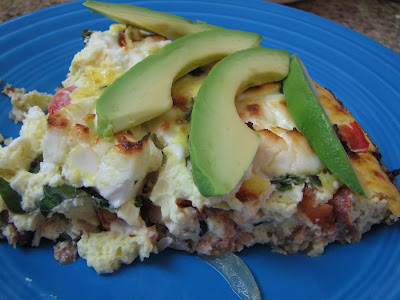
Ah. Smoked salmon. Who does not love smoked salmon? Even the devoutest of vegetarians might make an exception for good smoked salmon.
It has been a while since I last did this, but here goes. First, get a salmon. I have a great way for doing this. One of my Special Olympics athletes, Brian, is quite the fisherman. Two days ago he showed up at my door with a salmon in a plastic bag. A fifteen-pound salmon, give or take. (I did buy him an OREGON t-shirt that I'll give him at the baseball game tonight).
There would be a few firsts in this process. It was the first time I filleted a salmon with a real fillet knife. And it was the first time I filleted a salmon in our house, with its ample counter space. A few years ago, I struggled with a regular kitchen knife on the tiny bit of counter in my old apartment. Filleting a salmon is an art, one which I make no claims to having mastered. But I did find that given the proper knife, and enough space, the process went smoothly. Too smoothly?

I then cut the fillet into pieces, or slabs, about 1-2 inches thick. As I do this, a simple twist of the knife removes the skin from the fish. I like to leave the tail portion about six inches. No reason. I just like to.
The pieces of salmon are dredged thoroughly in a mixture of equal parts iodized sea salt and brown sugar. Really pack it around the fish. The pieces are placed on a waxed paper lined cookie sheet and refrigerated for a day or two. The salt and sugar draw out excess moisture from the meat in preparation for smoking.

Now, rinse the salt and sugar from the pieces of salmon. You cannot scrub too hard here. The sugar will have infused the fish. You just don't want it to be too salty. Place the salmon onto clean waxed paper and blot excess water with a paper towel. At this point I like to brush the fish with some maple syrup, and pop it back into the fridge overnight.
Now we are ready to smoke the salmon. Get the smoker ready to go and retrieve the salmon from the refrigerator. Place the pieces of fish on the smoking screens, allowing space between them. I give them another brushing of maple syrup before I pop them in the smoker.
I just use the store-bought smoker chips. Fill the chip pan, place the racks in the smoker, and...plug it in. After an hour I put new chips in the smoker pan. After two hours, the smoked salmon is done. Sometimes a little more, or a little less time. It depends on the consistency you're looking for. I like a caramelized outside with a tender inside.
Now the only thing left to do, is to eat it.
 Bon appétit!
Bon appétit!
 Bon appétit!
Bon appétit!
















